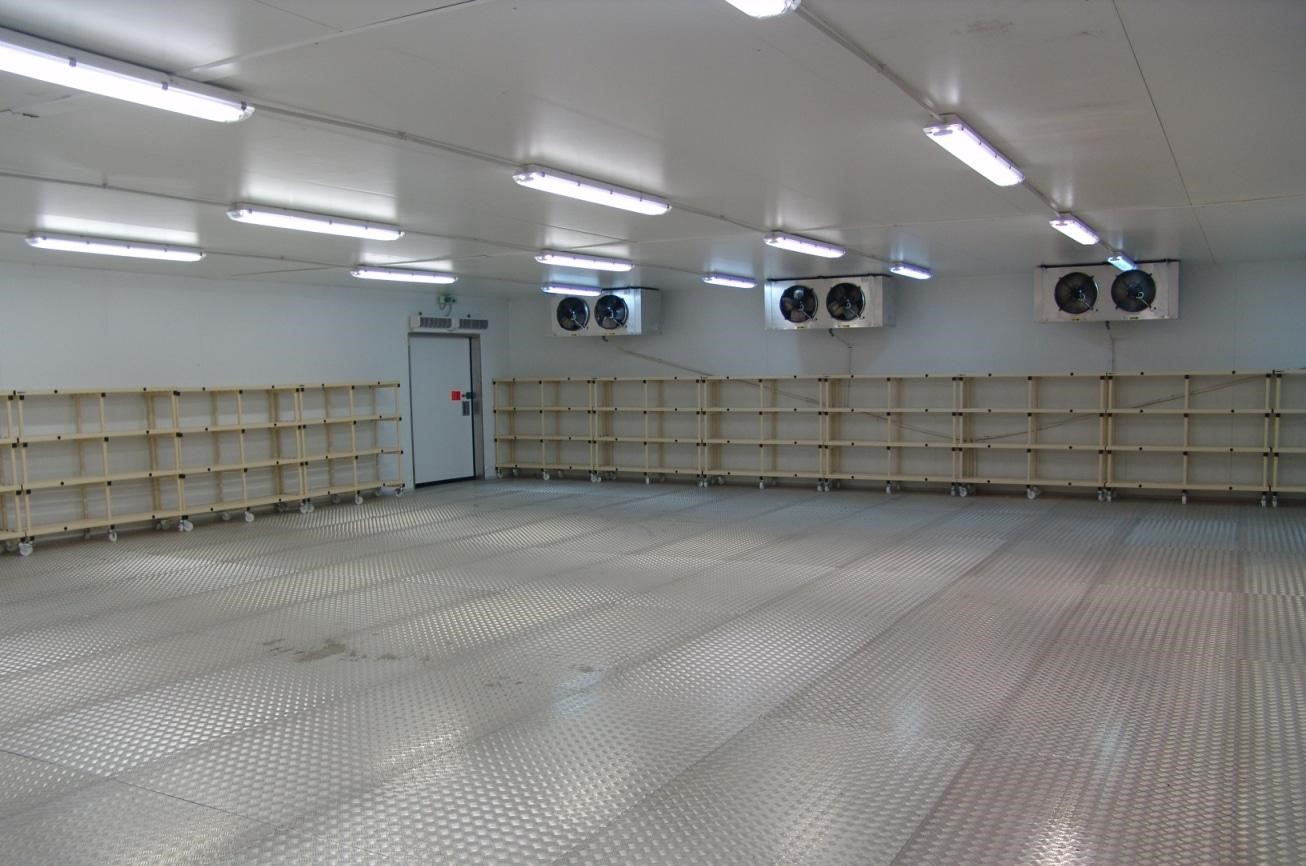It is crucial to store products in a cold environment particularly those at risk of temperature changes. For instance, artwork that is valuable as well as chemicals that need to be kept in a cool environment to prevent degradation.
Controlling a cold storage space requires precise tracking and inventory management. The implementation of accurate monitoring of refrigeration as well as utilizing automation technologies are the main components of this.
Cost Management
Planning from the very beginning of the construction process can reduce costs. This includes evaluating a site’s capacity and ensuring it meets the specifications for energy use.
Other methods to cut costs include automating vehicles, warehousing, and monitoring the accuracy of the inventory levels. Also, utilizing demand management tools can assist cold storage facilities comprehend their operational patterns and make important adjustments in order to boost the efficiency of their energy use.
Maintenance is important as well. It is important to establish a timetable for each machine and sharing the schedule with every employee. This allows the company to detect potential issues before they turn into serious issues, which ultimately reduces repair costs and overall storage costs.

Energy-efficient refrigeration systems
Cold storage facilities depend on reliable energy systems to prevent cost-intensive losses from food spoilage and other chemicals. These systems need to be placed in the right size to ensure the highest performance and reduce energy usage and costs.
Check out the cooling and backup power options of a facility before selecting one. Also, they should be able effectively load and unload trucks or rail cars, and offer quick turnaround times on incoming and outgoing shipping.
A computerized monitoring and control system can increase efficiency. Systems can be automated to monitor temperature levels and quality controls, PO tracking, and various logistics processes to take decision based on live data.
Temperature Control
Cold storage facilities make up crucial to the supply chain that is used by numerous industries. The warehouses they are in is essential to the longevity and effectiveness of products such as pharmaceuticals, high-value art or work of art which must be stored at a specific temperature.
The ability to maintain a consistent temperature will ensure that spoilage is not an issue, which decreases waste and reduces the price of storage space. Also, it can ensure that products arrive to the customer in perfect condition.
Additionally, cold storage facilities require a robust inventory management of lap dat kho lanh bao quan thuy san system that ensures precise record of data. The detailed records will help ensure that cold storage facilities adhere to HACCP regulations, ISO 9001, GMP and other safety regulations. This is particularly important in the case of specialized items such as fruits and vegetables that require different conditions in each room, such as ripening chambers.
Inventory management for perishable goods
These facilities keep the food in top condition before it is distributed to the consumer. For security and quality the warehouses are specialized and require the highest level of monitoring and oversight. As the cost of costs for energy, land and labour prices, many companies are trying to optimize the supply chain of cold storage with cutting-edge technologies and approaches.
Implementing mobile pallet racks and shuttle systems, which use just one aisle for operation, to save floor space while cutting down on energy usage as high as 80%, can help lower cost. In addition, contemporary tracking software provides customers with real-time access to inventory levels as well as invoice histories.
For optimal cold storage, it is also important to analyze information such as throughput in addition to accuracy of inventory and the rate at which spoilage occurs. Although these enhancements aren’t making immediate money, will make a significant difference ultimately.
Optimizing storage space
Effective warehouse and transportation processes form the basis of efficient cold storage supply chains. For improved efficiency and operational effectiveness warehouses must implement automated monitoring and control systems to monitor shipment costs, inventory accuracy levels, and the rate of spoilage for products.
Furthermore, warehouses need to establish a routine for checks of the facility. It allows them to identify any problems and fix the issues before they become major issues. For instance, ice accumulation in the ceilings or walls could affect equipment, products, and cause fire danger. To prevent warehouses from becoming a victim of a situation, they should be sure to clear and clean ice off their facilities regularly.
Implementing these strategies into your Supply chain management for cold storage strategy will help you save money and ensure your customers’ satisfaction. In addition to adhering strictly to shipping regulations and temperature requirements to prioritizing on-time deliveries, these methods are essential to successful cold storage warehouses.